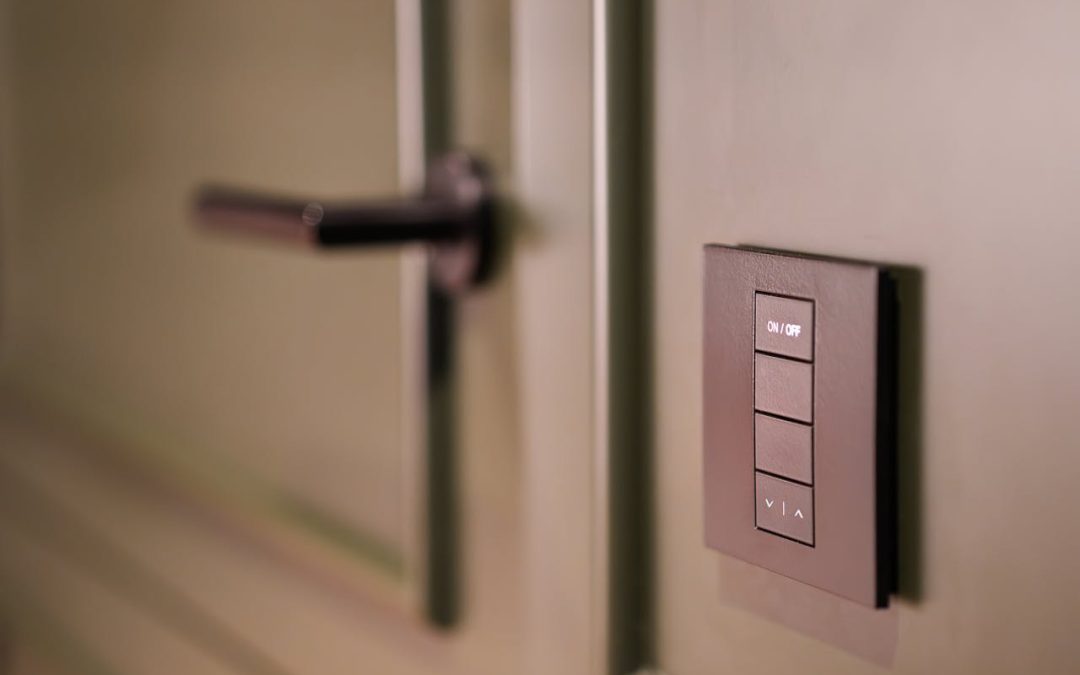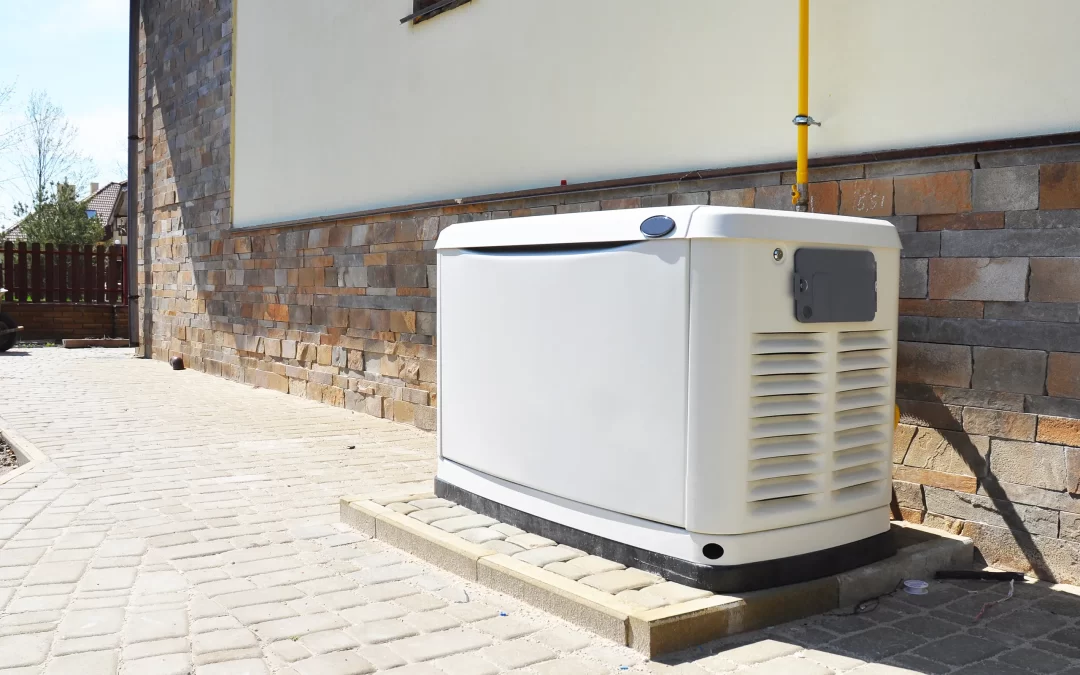Aluminum Wiring in Homes – Risks, Safety Upgrades, and When Replacement Is Necessary
If your home was built between the mid-1960s and mid-1970s, there’s a chance it contains aluminum wiring. At the time, aluminum was used as a cost-effective alternative to copper. But decades later, we now know that aluminum wiring presents several serious risks—and it’s essential for homeowners to understand their options.
In this blog, we’ll explore why aluminum wiring can be dangerous, how you can minimize the risks, and when it makes sense to fully replace it.
Why Aluminum Wiring Was Used in Homes
During the 1960s, copper prices rose dramatically. Builders began using single-strand aluminum wiring in place of copper for standard 15- and 20-amp circuits. Aluminum was cheaper and more abundant, and on paper, it seemed like a viable alternative.
Unfortunately, aluminum wiring doesn’t behave the same as copper. Over time, its drawbacks became increasingly apparent—especially when it came to safety and performance.
The Risks of Aluminum Wiring
Aluminum wiring can create a significant fire hazard if not properly addressed. Here’s why:
- Expansion and Contraction: Aluminum expands more than copper when heated. This can loosen connections at outlets, switches, and fixtures over time.
- Oxidation: When aluminum oxidizes, it forms a resistive layer that increases the chances of overheating.
- Softness: Aluminum is a softer metal and is more prone to damage during installation or when connections are disturbed.
- Incompatibility with Devices: Some electrical devices are not rated for use with aluminum wire, increasing the risk of arcing and fire.
According to the U.S. Consumer Product Safety Commission (CPSC), homes with aluminum wiring are 55 times more likely to experience connection-related fire hazards than those with copper wiring.
Signs of Aluminum Wiring Issues
Even if your home has aluminum wiring, it may not pose an immediate risk—especially if it has been maintained or upgraded. However, look out for these warning signs:
- Flickering lights
- Warm or discolored wall plates
- Frequently tripped breakers
- The smell of burning plastic near outlets or switches
- Buzzing sounds from switches or outlets
If you notice any of these signs, call a licensed electrician immediately.
Safety Upgrades Without Full Replacement
Completely rewiring a house can be expensive and disruptive. Fortunately, there are safer and more cost-effective ways to mitigate the risks:
1. COPALUM Crimp Connectors This method involves attaching a short piece of copper wire (a pigtail) to each aluminum wire using a specialized crimp connector and tool. It’s the only method approved by the CPSC for long-term safety, but it must be installed by a certified technician.
2. AlumiConn Connectors A more recent and affordable solution, AlumiConn connectors allow electricians to safely connect aluminum and copper wires. These are also approved by the CPSC and considered a permanent repair when properly installed.
3. CO/ALR Rated Devices Replacing switches and outlets with CO/ALR-rated devices (designed to safely accept aluminum wire) can reduce risk. However, this method is not considered a long-term fix on its own.
While these upgrades reduce fire hazards, they still leave aluminum wire in place. For homes with heavy aluminum wiring or serious degradation, full replacement may be the better long-term solution.
When Should You Replace Aluminum Wiring?
In certain situations, upgrading or pigtailing may not be enough. Consider full replacement if:
- The wiring is damaged, brittle, or has been spliced improperly
- You’re renovating your home or replacing drywall
- You plan to sell your home (aluminum wiring can be a red flag to buyers and insurance companies)
- Your home insurance provider requires it for coverage
A whole-home rewiring project typically involves replacing aluminum wires with copper throughout the house. Though costly, it’s a one-time investment in safety and peace of mind.
Trust a Licensed Electrician for Inspection and Upgrades
Whether you choose repair or full replacement, aluminum wiring should never be a DIY job. Only a licensed electrician can safely evaluate your system and recommend the best course of action.
At Socket Doctors, we offer thorough electrical inspections for older homes. If your home has aluminum wiring, we’ll help you understand your options and complete all upgrades to the highest safety standards.
Protect Your Home From Hidden Electrical Dangers
Aluminum wiring doesn’t have to be a dealbreaker—but it does need attention. If you live in a home built between 1965 and 1975, schedule a professional inspection today. You’ll gain peace of mind knowing your home is safe, code-compliant, and ready for the future.



